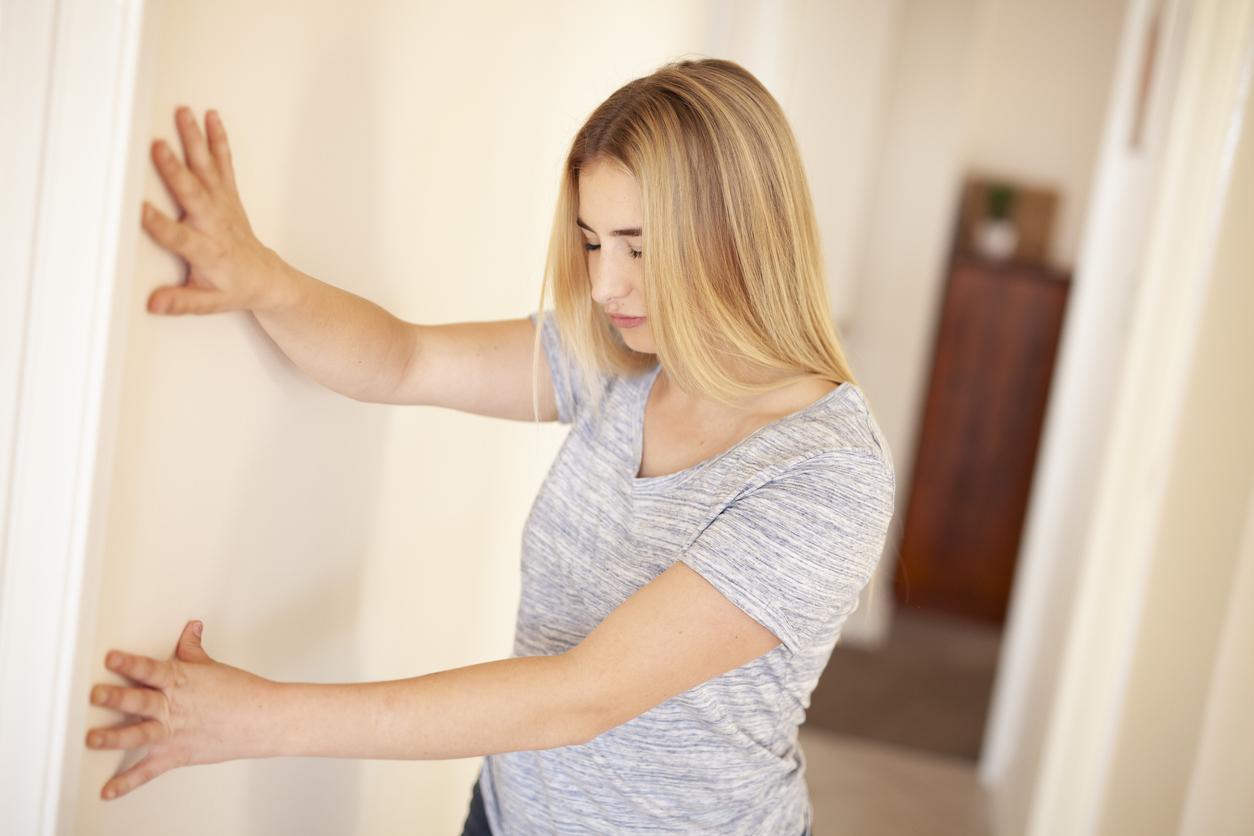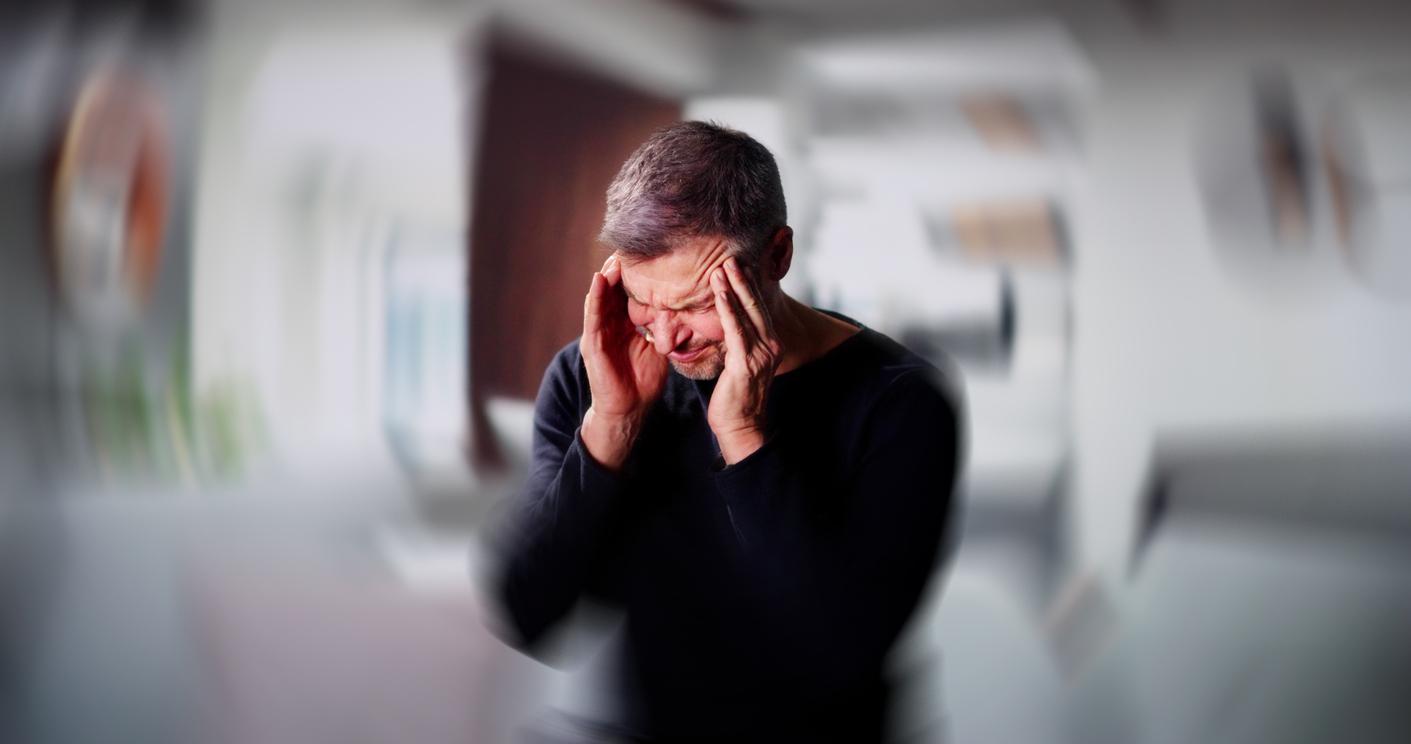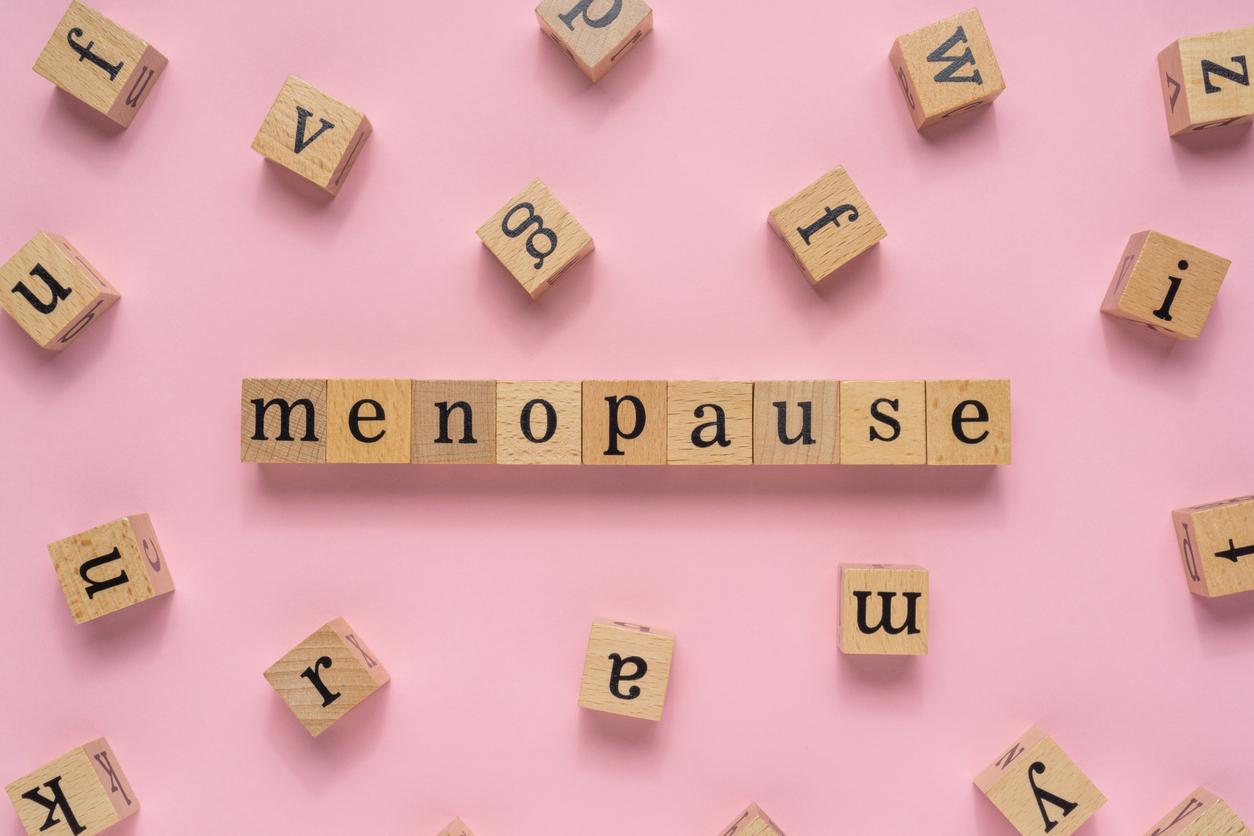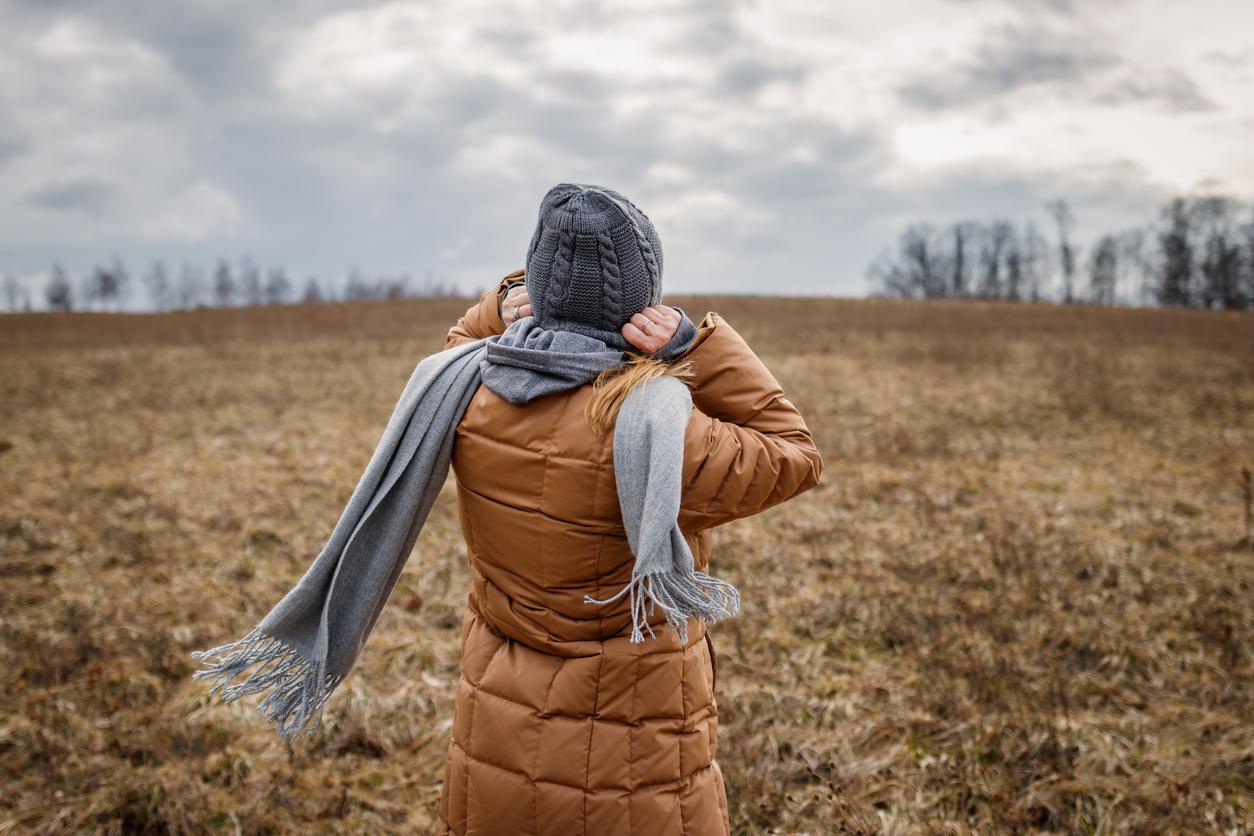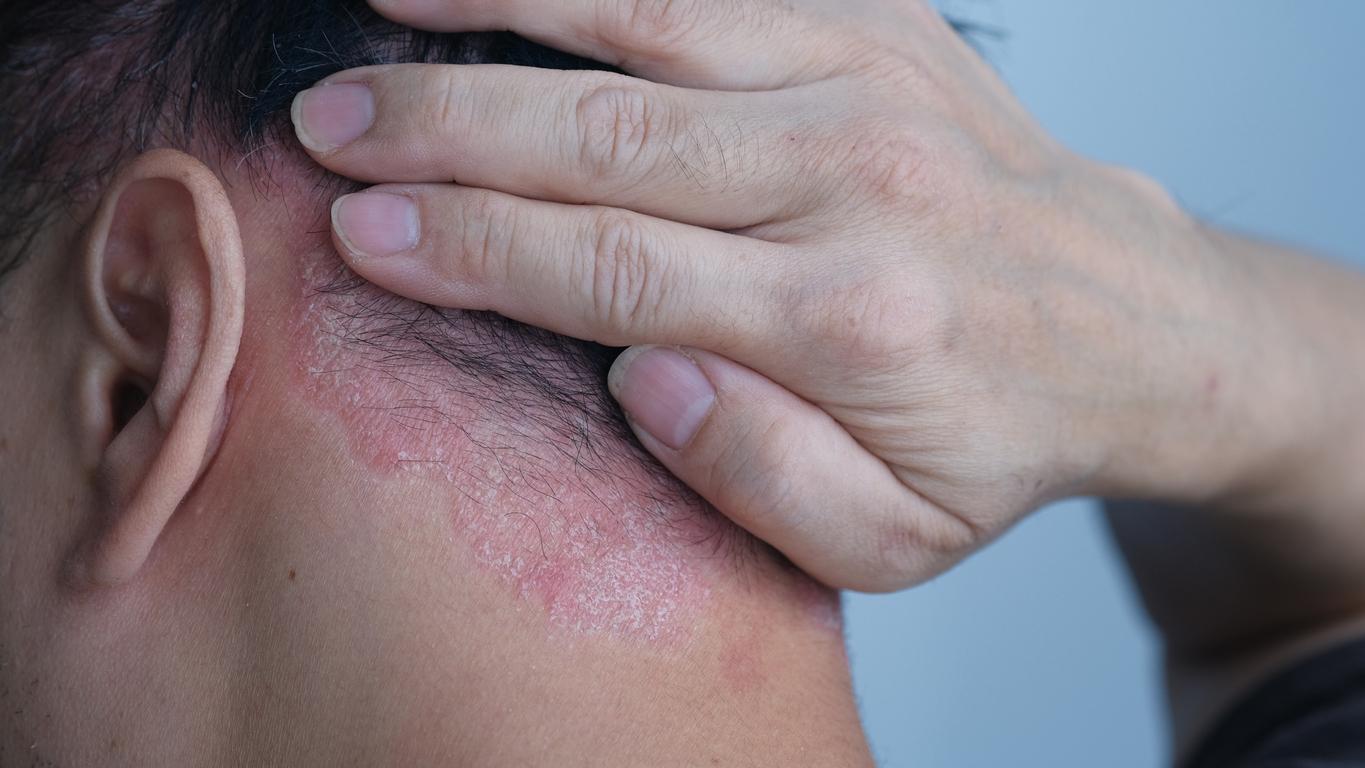Seasonal depression is not inevitable: several actions can be taken to combat this mood disorder which generally occurs at the end of autumn or at the beginning of winter.
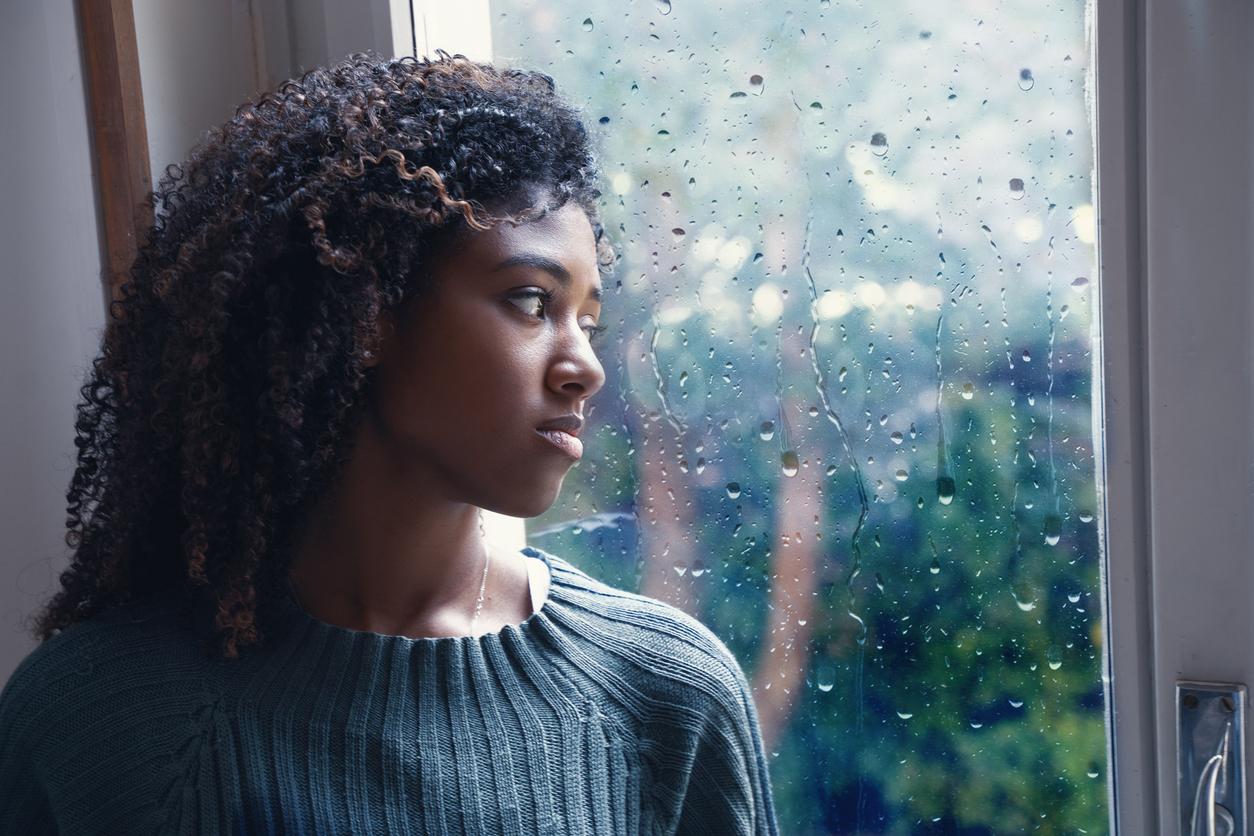
- Fatigue, sadness, loss of interest in general, reduced libido can be signs of seasonal depression.
- If you experience one or more symptoms of seasonal depression, talk to your doctor.
- Light therapy can be effective in combating seasonal depression.
Seasonal depression usually “hits” people in late fall or early winter. This is why for Norman Rosenthalpsychiatrist at Georgetown University School of Medicine, and Kelly Rhona, professor of psychological sciences at the University of Vermontthe start of the autumn period is the ideal time to adopt habits that help avoid these mood swings.
Light therapy fights seasonal depression
Seasonal depression, also called Seasonal Affective Disorder (SAD), is due to the reduction in light, because the lack of sunlight causes a reduction in serotonin levels, the happiness hormone. This causes mood disorders, even depression. “The good news is that you are dealing with a predictable phenomenon, explains psychiatrist Norman Rosenthal to Washington Post. The bad news is that it’s not always as predictable as we’d like.”
But what can you do to avoid suffering from it? Bet on thelight therapy. This method helps combat the lack of light and prevent seasonal depression. “Don’t wait until the depression is deeply established, noted Kelly Rohan. The very first day you wake up and say “Oh my God, I feel more tired than yesterday”, that should be the signal to start using light therapy again.” You can therefore buy a light therapy lamp for use at home, but the device must be classified as a “medical device”.
TAS: have routines that are good for the body and mind
When temperatures and light drop, it can be tempting to go into “hibernation” mode and avoid outdoor activities. Very bad idea according to Professor Kelly Rohan. Try tobe “really attentive to the routines that serve to maintain good mental health and try to follow them as much as possible”.
In other words: play sports, have leisure activities, see friends, go out, take walks. It is also important to get enough sleep at a regular pace. That is to say getting up and going to bed at the same times.
Additionally, Dr. Rosenthal notes that people who suffer from SAD often have negative associations with signs of fall and winter. For him, it can therefore be good to try to see these seasons in a different light by making a list of the “good things” that happen there (the pretty colors of the leaves of the autumn trees, the first snows, etc.) .
Seasonal depression: we need to talk about it
To combat seasonal affective disorder, it is necessary to identify the symptoms of depression which is characterized by:
- tiredness ;
- sadness;
- a bad mood;
- a lack of initiative;
- a loss of interest in general;
- a decrease in pleasure in activities that we previously enjoyed;
- irritability;
- decreased libido.
“The symptoms of SAD are slightly different. In depression, which is not linked to seasonal variations, people sleep and eat less. In contrast, in SAD, they often sleep and eat more.”indicates the Royal College of Psychiatrists on its website.
Furthermore, you should not hesitate to talk about it to your doctor, especially if the symptoms interfere with your daily life. “Depression is a serious mental health problem,” insists Kelly Rohan in the American newspaper article.
If the symptoms are severe, the healthcare professional may offer you medication or may also refer you to a specialist. According to one study published in 2016patients who follow cognitive-behavioral therapy to combat seasonal depression have fewer recurrences in subsequent winters.









